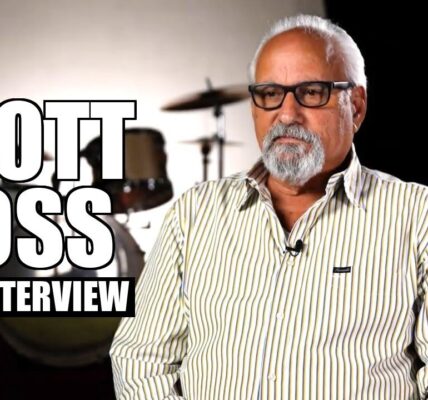To many film critics, 3D is a disease. They think it is a gimmick that pushes audiences into paying more than they should and that pulls filmmakers away from the traditional skills of their art. Mark Kermode, for example, believes the issue important enough to identify himself as ‘militant about 3D’ even when limited to the 160 characters of a Twitter bio, and many like him oppose the stereoscopic image whenever it appears, arguing that the development of 3D is entirely unnecessary for film. They’re wrong. 3D is essential to the health of cinema, and those who can’t see that fail to understand the evolutionary principles that drive, and have always driven, filmmaking.
There are many complaints against 3D: it is too dim; it is too expensive; it encourages the retrofitting of 3D into films shot in 2D; and it turns films into a fairground attraction. Some of these complaints are, in the short term, quite correct. 3D films are more expensive and their pictures are dimmer. But this will not always be the case. If technology improves, and if 3D becomes commonplace, prices will fall and standards will rise. When sound first came to the cinema, cinematography suffered. Cameras became too heavy and awkward to rotate and glide and swoop as they had before. But these limitations were soon overcome; they were not used to dismiss sound as a disposable gimmick.
Those who love film should never fear its evolution but only its stagnation
The complaints against retrofitted 3D are right: it is an abomination akin to the colourisation of black-and-white films. But, again, if 3D filmmaking becomes more commonplace, retrofitting will quickly become unnecessary and unprofitable. The argument that 3D makes film into a fairground attraction is nonsense; it has always been one. From the first freakish appeal of witnessing images appear to move on screen, to the wonder of seeing astonishingly sophisticated 21st century CGI, the marvel of new technology has always been one of cinema’s chief attractions.
Beneath the specific attacks on stereoscopy is a single, simple, fear: that a 3D film—or perhaps a future in which 3D films make up the majority of major releases—simply isn’t cinema as we understand it. This fear, though understandable, is all but baseless.
Film is a uniquely capacious art form; it is capable of absorbing and extending almost every other art we have created. What’s more, whenever a new art or technology appears (and the emergence of one is often linked to the emergence of the other), film seizes it too, and, eventually, great movies are made because of it. So it will be with 3D.
But the success or failure of 3D itself is actually immaterial. What matters is the principle behind the 3D experiment: that finding radically new ways of making films—and, yes, of finding radically new ways of making money from films—has always been essential to maintaining the power and prominence of cinema.
Film is forever moving forward. Had cinema ever stayed as ‘film as we know it’, it would have rejected feature-length productions, sound, colour, Technicolor, animation, widescreen, special effects and a hundred thousand other innovations, enormous and minuscule, that have stretched cinema to be all that it is. Those who cringe at the idea that the majority of movies will one day be in 3D would, years ago, have been appalled at the prospect that the majority of movies would one day be in sound or colour.
Film will only ever truly cease to be ‘film as we know it’ if it abandons its built-in mechanism for expansion, adaptation and appropriation. And that means it must forever change from that to which we are accustomed into that of which we are unsure. If it does not, film will stop being what it has been practically since its birth: the frontier of both art and entertainment. Those who love film should never fear its evolution but only its stagnation. To resist progress, and be overtaken by other forms of art and entertainment more in line with contemporary technology, therein lies obsolescence.
To those who make movies, I say this: go out to the technological limits of filmmaking and keep pushing forward. Many of your experiments will fail. Some will succeed. But all will benefit filmmaking. To those who fret over the future of film in the age of digital 3D, or the age of CGI, or the age of holograms being beamed directly into our brains that seems certain to follow, I can say only this: relax. Film will be fine. •












